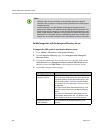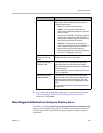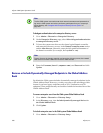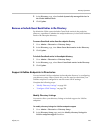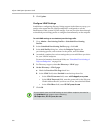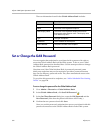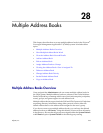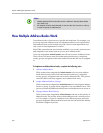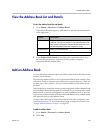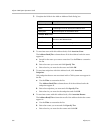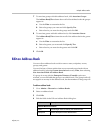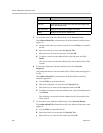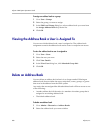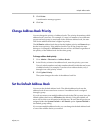
Polycom CMA System Operations Guide
374 Polycom, Inc.
How Multiple Address Books Work
Use address books to limit access to people and endpoints. For example, you
can set up separate address books for each department in your organization.
Each address book would include only CMA users in that department and
only rooms in that department’s location.
If the CMA system has the Areas feature enabled, you can only associate users
and endpoints in the same Areas as you are in to address books.
Users not assigned the Administrator role will not be aware of address books.
They will see only those users (local and enterprise directory), endpoints,
rooms, groups, and guests in the same address book that the user is assigned
to.
To implement multiple address books, complete the following tasks
1 Add an Address Book
CMA system users assigned the Administrator role can create address
books and associate users (local and enterprise directory), endpoints,
rooms, groups, and guests with one or more address books. This process
controls where each entity appears as an address book entry.
2 Assign Address Books to Groups
CMA system users assigned the Administrator role can assign an address
book to a group. A group can be assigned to only one address book. This
process controls the address book that users and endpoints have access to.
3 Change Address Book Priority
CMA system users assigned the Administrator role can set the priority of
address books. The priority affects which address book a user has access
to. For example, if a user is a member of two different groups and each
group is assigned a different address book, the user can access the address
book that is higher in priority.
Notes
• Multiple Address Book functionality works in Maximum Security Mode based
upon LDAP only.
• An endpoint must be associated with a User and the User must be in a Group
in order to specify an address book.



